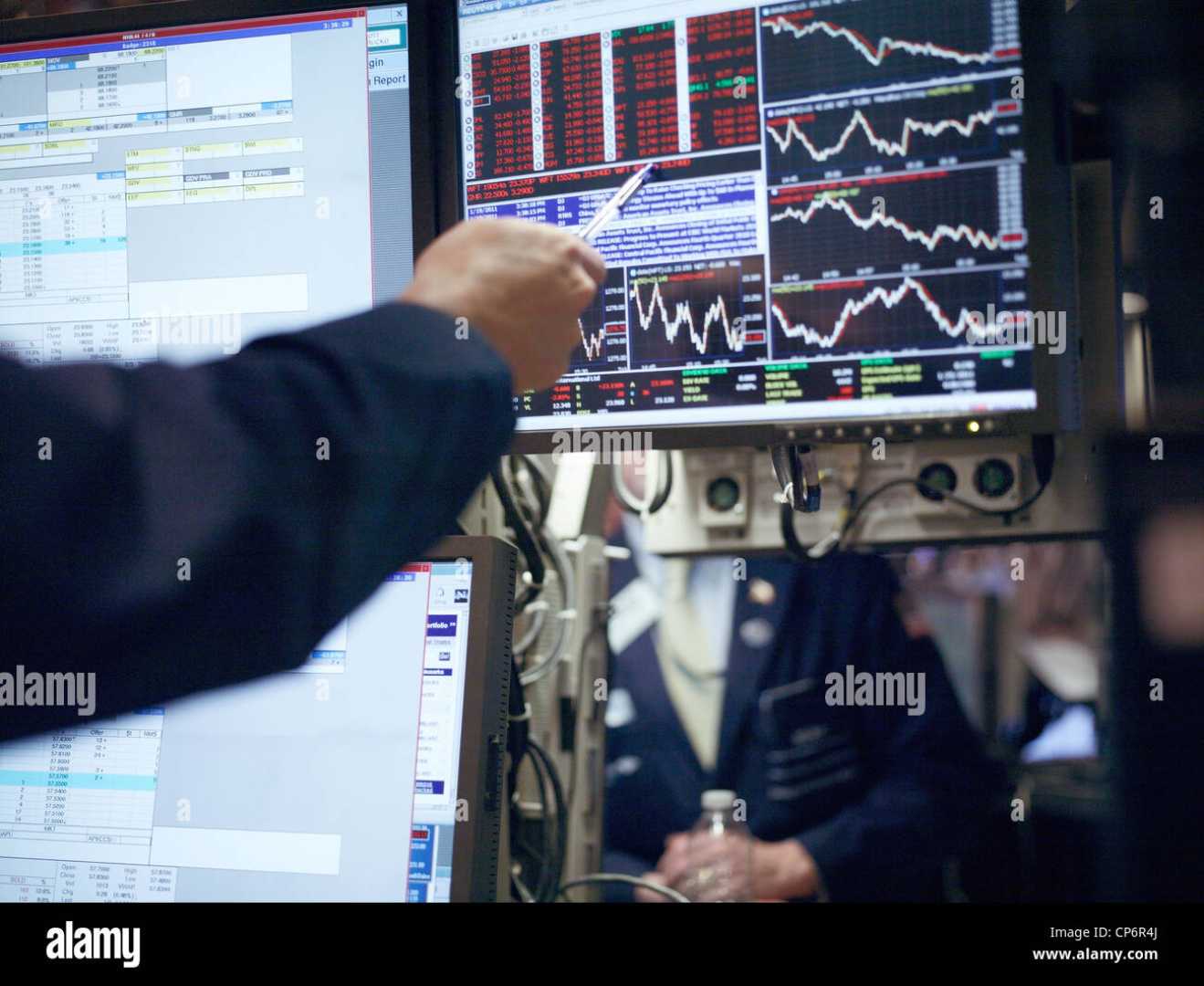Business
Wall Street Bounces Back Amid Tariff Tensions with China

NEW YORK, April 8, 2025 — Global stock markets saw a notable rebound on Tuesday, recovering from steep losses triggered by U.S. President Donald Trump’s announcement of new tariffs on Chinese imports. The Dow Jones Industrial Average surged over 1,200 points as investors capitalized on discounted stock prices while remaining wary of escalating trade tensions between the U.S. and China.
As the New York Stock Exchange opened, the S&P 500 rose by 3.4%, and the tech-heavy Nasdaq composite climbed 3.6%. The uptick in the indices resulted from relief buying after a tumultuous Monday, which resulted in a combined loss exceeding $5 trillion globally, raising fears of a potential recession.
Despite the brief market relief, uncertainty persisted as Trump doubled down on his tariff threats, indicating a potential 50% levy on additional Chinese goods if retaliation continued. China responded defiantly, vowing to ‘fight to the end’ and refusing President Trump’s pressure tactics.
‘Trade wars have no winners, and protectionism has no way out,’ said Chinese foreign ministry spokesperson Lin Jian during a press conference, emphasizing China’s firm stance.
The recovery in stock prices was visible globally; Tokyo’s Nikkei 225 surged by over 6%, as investors sought to recover losses following Monday’s historic plunge. Meanwhile, Shanghai’s stock exchange gained 1.6% after the People’s Bank of China intervened to bolster market stability.
European markets mirrored the upward trend, with London, Paris, and Frankfurt reporting gains exceeding 1%. However, these increases were small compared to the steep drops from the previous day.
Monday’s extreme volatility was attributed to Trump’s aggressive tariff announcements, perceived as an escalation in the long-standing trade conflict. Following the announcement, markets worldwide saw a significant downturn, with indicators like the Dow dropping over 1,700 points at one point during trading.
‘The economic pain is mounting, and the volatility is expected to continue as investors grapple with the uncertainty surrounding trade negotiations,’ noted market analyst Jamie Dimon from JPMorgan.
While Trump pushed for what he called a necessary restructuring of American trade policies to boost domestic manufacturing, many analysts are concerned about the broader implications of such tariffs. Goldman Sachs recently raised the probability of a U.S. recession from 35% to 45% as the impacts of tariffs hit global supply chains.
In a separate statement, Treasury Secretary Scott Bessent labeled China’s retaliatory measures as a ‘big mistake’ and underscored the U.S. position as the deficit country in trade relations, suggesting that any tariffs imposed by China would ultimately hurt its economy more than the U.S.
‘We are communicating clearly with industries across the U.S. that this is an opportunity for growth, despite the challenges,’ Bessent said in an interview.
As the U.S. and China remain locked in a tit-for-tat trade dispute, analysts urge investors to remain cautious, as the financial landscape continues to adjust to the evolving situation.












